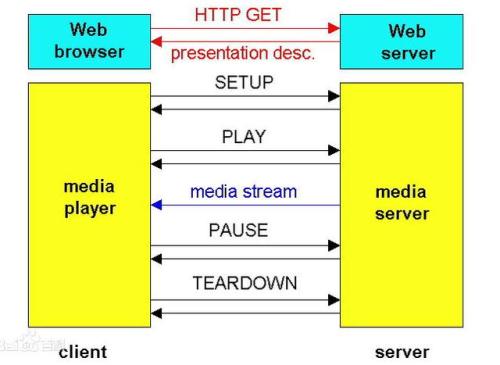The scarcity of available Internet of Things (IoT) datasets remains a limiting factor in developing machine learning based security systems. Static datasets get outdated due to evolving IoT threat landscape. Meanwhile, the testbeds used to generate them are rarely published. This paper presents the Gotham testbed, a reproducible and flexible network security testbed, implemented as a middleware over the GNS3 emulator, that is extendable to accommodate new emulated devices, services or attackers. The testbed is used to build an IoT scenario composed of 100 emulated devices communicating via MQTT, CoAP and RTSP protocols in a topology composed of 30 switches and 10 routers. The scenario presents three threat actors, including the entire Mirai botnet lifecycle and additional red-teaming tools performing DoS, scanning and various attacks targeting the MQTT and CoAP protocols. The generated network traffic and application logs can be used to capture datasets containing legitimate and attacking traces. We hope that researchers can leverage the testbed and adapt it to include other types of devices and state-of-the-art attacks to generate new datasets that reflect the current threat landscape and IoT protocols. The source code to reproduce the scenario is publicly accessible.
翻译:在开发机器学习安全系统方面,现有Tings(IoT)数据集的稀缺性仍然是一个限制因素。由于IoT威胁面貌的变化,静态数据集已经过时。与此同时,用来生成这些数据集的测试台很少出版。本文介绍了Gotham测试台,这是一个可复制和灵活的网络安全测试台,作为GNS3模拟器的中间软件,可以推广到GNS3模拟器,以容纳新的复制设备、服务或攻击者。测试台用于构建一个Iot情景,由100个模拟设备组成,通过MQTT、COAP和RTSP协议进行交流,由30个开关和10个路由器组成的地形图层组成。该情景展示了三个威胁行为体,包括整个Mirai bottnet生命周期,以及针对MQTT和CoAP协议的更多红色工具。生成的网络流量和应用日志可用于获取含有合法和攻击痕迹的数据集。我们希望研究人员能够利用测试台平台,并调整它,以包括其他类型的装置和可访问的州协议。该平台攻击源代码可以生成新的数据。




